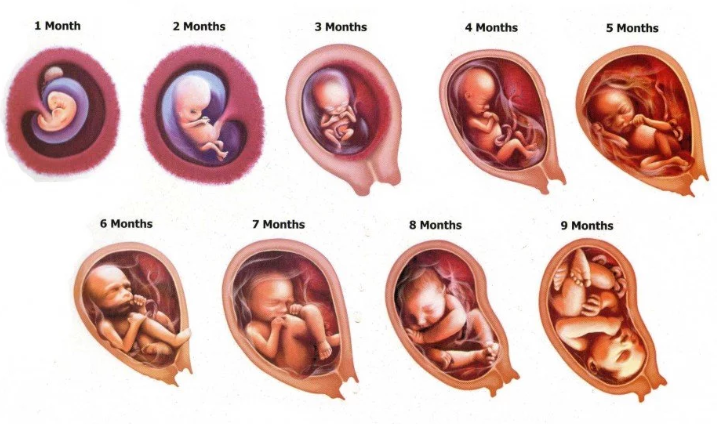

What Can You Do To Ensure Mating Is Successful? The serum progesterone test gives a very good indication of when mating is most likely to be successful and is useful for females that have a history of unsuccessful mating or for breeding dogs that have to travel a considerable distance to the male dog. Some pets will require several tests to predict ovulation.īoth tests can be performed at the veterinary practice. This test is very sensitive and has become popular due to its accuracy. Serum progesterone test - This measures the progesterone level in the blood.Most vaginal smears are performed serially, over several days, to look for changes in the cells that predict ovulation and the best time for breeding. It is non-invasive and does not cause discomfort for the female. This test has been used for many years and is reasonably reliable. Vaginal smear test - A simple microscopic examination of vaginal cells will detect changes in cell appearance and numbers.There are two simple tests that your veterinarian can perform. Are There Any Tests To Determine When To Mate Your Dog? Mating Age For Male Dogs:Ī male dog is mature for mating possibly from 4 months onwards but generally, it is considered at about 6 months. However, ovulation may occur either early or late during the "heat" cycle. The discharge will then be less bloody and the female will be actively looking for a male. Most ovulate and are receptive around the eleventh day of oestrus. Dogs can be desexed whilst they are in season, but generally we try to do the surgery 8 weeks after the start of their last oestrous cycle. When an animal is in season, there is an increased blood supply to both the uterus and the ovaries. How Soon After An Oestrous Cycle Can A Bitch Be Desexed? The urine contains both pheromones and hormones which signal any interested males that she will be receptive soon. You may also find that she is passing small quantities of urine more frequently. If you are concerned, please consult your veterinarian. Some females experience heavy vaginal bleeding during oestrus. The discharge will usually become less bloodstained at this time. Vulvar swelling should be taken as the first sign in addition to the female paying increased attention (such as licking the area) to her rear end.įrom the beginning of the heat period she will be attractive to male dogs, but will usually not be receptive, or allow mating, until about 7-10 days later.

This may not become apparent until a few days after the female has actually come into oestrus. The most notable sign is vaginal bleeding. It ends when all discharge ceases and the vulva has returned to its normal size. "Heat" should be considered to begin with the first signs of vulvar discharge, or when the female begins licking or paying attention to her vulva. "Heat" cycles vary, but average two to three weeks for most dogs. How Long Does A "Heat" Cycle Or Oestrus Last? In most giant breeds (Great Danes, Irish Wolfhounds, St Bernard's, etc.) an oestrus cycle every twelve months is common. Very large breeds may only have a "heat" cycle once every 12-18 months. Three and occasionally four heat cycles per year can be normal in some females. Small breeds tend to cycle more regularly than the larger breeds. There is no evidence that irregular heat cycles predispose the dog to false pregnancies or pyometra (uterine infection). Some females take eighteen months to two years to develop a regular cycle. When cycling first begins, there may be a great deal of variability in the time between cycles. On average this occurs about twice a year or every six months, although it varies from dog to dog.


 0 kommentar(er)
0 kommentar(er)
